Using AI Contract Negotiation for Complex Procurement
According to McKinsey, companies that deployed autonomous negotiation agents saw reductions in administrative effort by as much as 25% and savings in the tail-end spend categories of upwards of 10%.
Source: McKinsey
How AI Can Amplify but Not Replace Procurement Expertise
 Procurement stands at a very unusual crossroads today. On one side, AI tools rapidly automate routine negotiations with remarkable efficiency. Thousands of low-value vendor interactions that once required human attention are handled by such systems today.
Procurement stands at a very unusual crossroads today. On one side, AI tools rapidly automate routine negotiations with remarkable efficiency. Thousands of low-value vendor interactions that once required human attention are handled by such systems today.
This is happening fast, and it is reshaping procurement's operational landscape in real time. But on the other side lies a completely different reality: Capex projects and complex service agreements remain stubbornly resistant to full automation.
In the end, the organizations that will win are those in which technology amplifies, rather than replaces human thinking. Mastering this partnership, procurement teams will negotiate faster, reduce risk earlier, and unlock more value with each contract.
Key Takeaways
- AI shines in structured, repetitive procurement negotiations with predictable, limited variables.
- Complex negotiations involve strategic, financial, and operational issues which AI cannot interpret.
- High-value procurement demands human judgment to assess risks and contextual business priorities.
- The best-in-class procurement model blends AI insights with deliberate human oversight.
- AI should act as an intelligence layer, not an autonomous negotiator in complex deals.
- Scaling AI responsibly requires clear guardrails, strong data quality, and human accountability.
Tail-End Automation in Procurement
To understand the real frontier of AI contract negotiation, it helps to first look at the domain where automation already performs with remarkable precision. Tail-end procurement has become the testing ground for some of the most successful autonomous negotiation systems, and the pattern is constant across industries.
These transactions share a predictable structure, involve limited commercial risk, and usually repeat in high volumes. This combination creates an environment where AI can act quickly, decisively, and with measurable financial impact.
In all these scenarios, AI agents thrive because the negotiation variables are tightly defined. The conversations revolve around terms that rarely change and rarely require narrative justification.
Price, delivery windows, billing cycles, payment terms, and standard obligations dominate the discussion. Since these variables can be mapped, modeled, and optimized, AI agents learn to negotiate at a pace no human team can match.
Playbooks have emerged powerful in this environment. An AI-driven platform relies on pre-defined rules, which capture a company's standard terms, fallback positions, alternative clauses, and non-negotiables.
When the system comes across a vendor proposal, it then refers back to the playbook for response with definite modifications.
The Limits of AI in Complex Procurement
 The strengths of ai contract negotiation quickly begin to fade when the conversation moves from routine vendor agreements to high-value, highly contextual procurement. The shift is immediate and unmistakable.
The strengths of ai contract negotiation quickly begin to fade when the conversation moves from routine vendor agreements to high-value, highly contextual procurement. The shift is immediate and unmistakable.
What once resembled a clean optimization problem suddenly becomes a layered evaluation of technical feasibility, operational impact, financial exposure, and long-term strategic alignment.
This is the moment where autonomous systems reach the edge of their reliability.
Complex procurement deals rarely fit the tidy patterns that AI depends on. It is a negotiation involving engineering dependencies, industry certifications, quality assurances, installation responsibilities, and total cost of ownership across multiple years.
These factors carry implications that cannot be reduced to fixed, repeatable variables. They require interpretation, judgment, and an understanding of business priorities that extend far beyond the four corners of the contract.
Even when AI understands the words, it very often struggles with meaning. The same clause can affect a startup and a global manufacturer in very different ways. A simple payment milestone might be routine for one vendor and existential for another.
A proposed delivery schedule may be operationally impossible, even if it looks acceptable on paper. These nuances come from conversations with engineers, facility leads, finance partners, and operational teams; conversations AI does not yet participate in with full comprehension.
This gap widens when negotiation involves relationship dynamics. A supplier of parts for a flagship product line is not the same as one providing office stationery.
Human negotiators understand political capital, history, and future opportunities. They know when a concession is an investment in a long-term partnership, not a loss. AI does not. It sees the clause, not the relationship.
Enhancing Procurement with AI
 When procurement moves into high-stakes territory, the ambition is no longer to let AI contract negotiation run on autopilot. It's to deploy AI as a strategic accelerator; a layer of intelligence that strengthens human decision-making long before the first redline appears.
When procurement moves into high-stakes territory, the ambition is no longer to let AI contract negotiation run on autopilot. It's to deploy AI as a strategic accelerator; a layer of intelligence that strengthens human decision-making long before the first redline appears.
This reframes AI from a mechanical automator to a force multiplier that sharpens preparation, improves positioning, and equips negotiators with insights that would take weeks to uncover manually.
The real value starts well in advance of the negotiation table. High-value procurement requires deep market insight, detailed vendor histories, and a precise sense of leverage.
AI is very powerful at scanning very large datasets and turning those into actionable signals. While a human analyst may manually look at dozens of supplier records, AI can analyze thousands in seconds to identify pricing trends, delivery patterns, failure rates, warranty risks, and commercial behaviors that inform negotiation strategy.
AI also supports the negotiator by recommending positions rooted in precedent. By analyzing historical agreements, AI can surface the terms your organization consistently fought to secure and the terms it most often conceded.
It can compare those patterns with current industry benchmarks, revealing where the company may be operating above or below market expectations. This creates a data-driven starting point for negotiation, giving procurement teams a strategic edge built on evidence rather than intuition.
Accountability in High Value Deals
As procurement progresses into the sphere of major capital investments and complex service agreements, the promise of AI contract negotiation must be tempered with one inevitable fact: somebody needs to remain accountable.
Automation can assist, help, and speed up the process, but it can't assume responsibility for judgment in negotiations involving multi-year obligations, dependency on operations, and substantial financial risk.
High-value agreements require a clear separation between what AI can suggest and what a professional must decide. Procurement leaders and attorneys know that in the event of a dispute, no board or regulator accepts "the AI recommended it" as a defensible explanation; the responsibility stays with whoever signs off.
One of the most effective guardrails is mandatory human review for any clause carrying legal exposure or operational risk. Liability, indemnification, data use, performance guarantees, and pricing mechanisms require contextual understanding that AI cannot fully grasp.
Even if AI flags issues, the interpretation of impact still remains with the negotiator.
Escalation thresholds add another layer of protection. When AI flags a deviation from the company's playbook or an unusual clause, human approval by senior counsel or procurement leadership should be triggered.
Finally, audit trails anchor it all. Advanced contract systems track every redline, recommendation, and decision, creating a traceable path that supports accountability.
Training AI for Complex Procurement
 The future of procurement intelligence depends upon how well AI learns nuances. Data volume itself is no longer a differentiator.
The future of procurement intelligence depends upon how well AI learns nuances. Data volume itself is no longer a differentiator.
What matters is the contextual depth-the kind only domain-rich, contract-dense environments can provide. AI becomes strategic when it learns from thousands of negotiated outcomes, recurring clause edits, escalation patterns, and the subtle fingerprints of vendor behavior.
Human expertise is still the teacher. Procurement teams have to label negotiation moves, document exceptions, record price-pressure tactics, and annotate rationale behind rejected terms.
These micro-inputs help the model understand intent rather than just parsing language. As time progresses, the system starts to predict risk patterns and suggests counter-offers tuned to business priorities.
Such training also requires curated governance. High-value contracts require strict validation loops, scenario testing, and controlled exposure to sensitive data. AI should practice on simulations before touching live negotiations.
The objective is not to build a fully autonomous negotiator but one which can understand complexity, predict friction, and elevate the human operator. Once properly trained, AI becomes an amplifier of judgment rather than its substitute.
Leading High-Value Deals with AI and Microsoft 365
The next era in procurement will not be defined by automation alone; it is going to be shaped by the professionals knowing how to orchestrate intelligent systems with precision.
AI might sift data, analyze patterns, and quicken decision cycles, but it cannot interpret corporate ambition or understand the political undercurrents of high-value deals. Integrated systems, such as Microsoft 365, enable a smooth environment wherein AI-powered procurement connects data, workflows, and collaboration across teams.
With the proper systems in place, professionals can tap into AI insights directly within their familiar productivity tools to make smarter decisions without leaving their platforms of choice.
The future practitioner becomes a conductor: guiding the AI, calibrating recommendations, and deciding when to escalate or when to push harder. They'll know which tasks can be automated, which ones require nuance, and which ones demand executive judgment.
Platforms like Dock 365, powered by Microsoft 365, centralize your contracts, workflows, and negotiations across the procurement lifecycle. Ultimately, the organizations with the highest returns will be the ones where technology amplifies human thinking rather than replacing it.
Book a free demo of Dock 365 today and see how you can orchestrate smarter, faster, more strategic deals.
Like our content? Subscribe to our newsletter on LinkedIn for more insights and updates.
Book a Live demo
Schedule a live demo of Dock 365's Contract Management Software instantly.

Written by Jithin Prem


